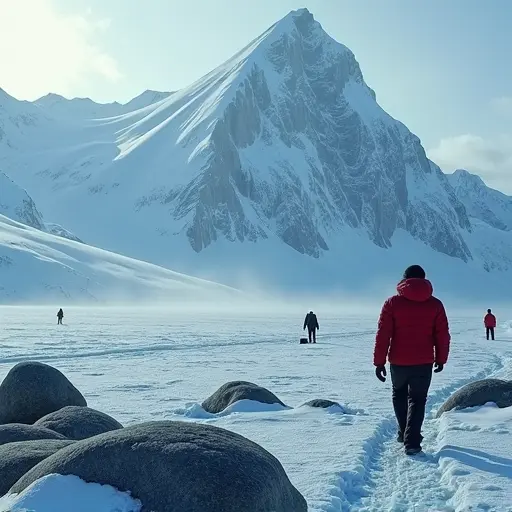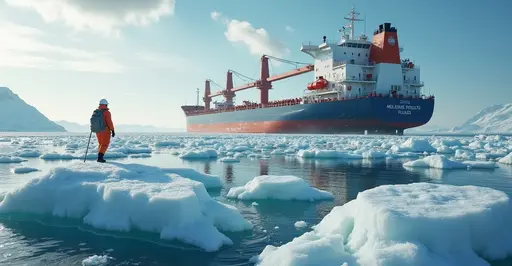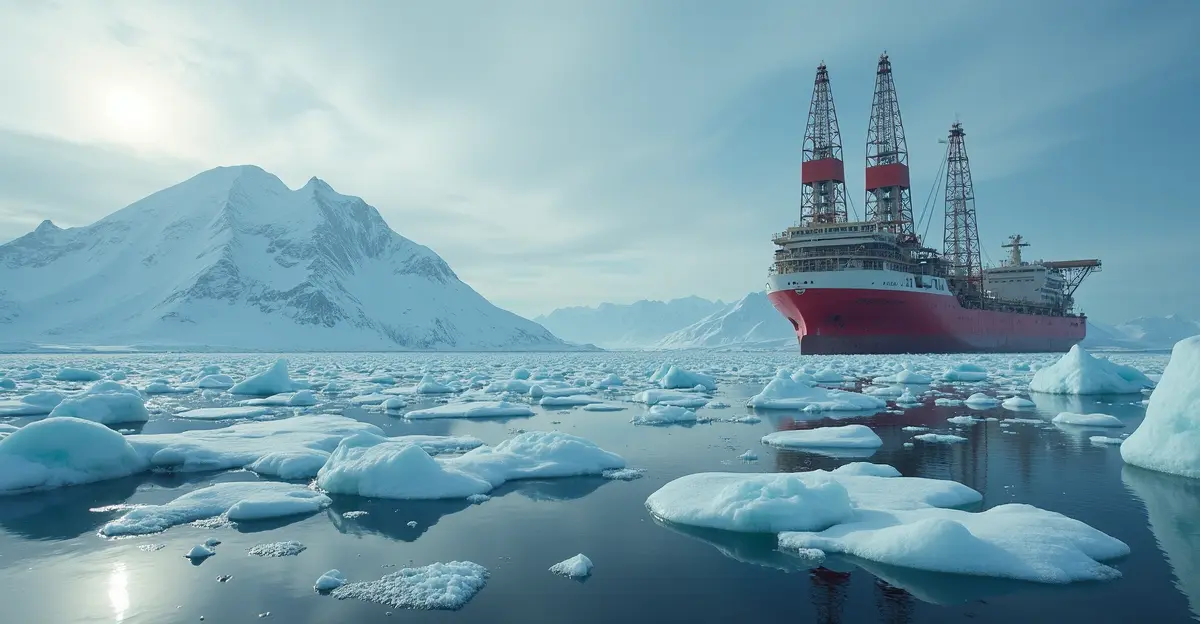
Polar Paradise or Fragile Frontier?
Luxury tourism is rapidly expanding into the remote Arctic, with high-end cruise operators like Ponant leading expeditions to previously inaccessible polar regions. Their icebreaker Le Commandant Charcot will run 15 Arctic voyages between 2026-2027, offering wealthy travelers Northern Lights viewings and polar landscape adventures. While marketed as eco-friendly with hybrid-electric propulsion, this tourism surge raises serious environmental questions.
Economic Opportunities vs. Ecological Risks
Boom for Remote Communities
The influx brings economic relief to Arctic towns like Longyearbyen and Ilulissat. Local businesses benefit from tourist spending on guided tours, crafts, and hospitality services. A single luxury cruise can inject over $500,000 into communities with limited revenue sources.
Hidden Environmental Costs
Despite "green" marketing, these expeditions threaten fragile ecosystems:
- Black carbon emissions from ships accelerate ice melt
- Underwater noise pollution disrupts marine mammals
- Waste disposal strains limited infrastructure
- Wildlife disturbances affect nesting birds and polar bears
The 2019 Viking Sky near-disaster off Norway highlighted rescue challenges in remote polar waters where help can be days away.
Sustainable Solutions Emerging
New regulations aim to balance tourism with conservation:
- Heavy Fuel Oil ban in Arctic waters (effective 2024)
- Indigenous-led tourism initiatives gaining prominence
- Waste processing requirements for cruise operators
- Visitor caps in sensitive areas like Svalbard
Experts emphasize that true sustainability requires passenger limits and route diversification to prevent ecosystem overload.

 Nederlands
Nederlands English
English Français
Français Deutsch
Deutsch Español
Español Português
Português







